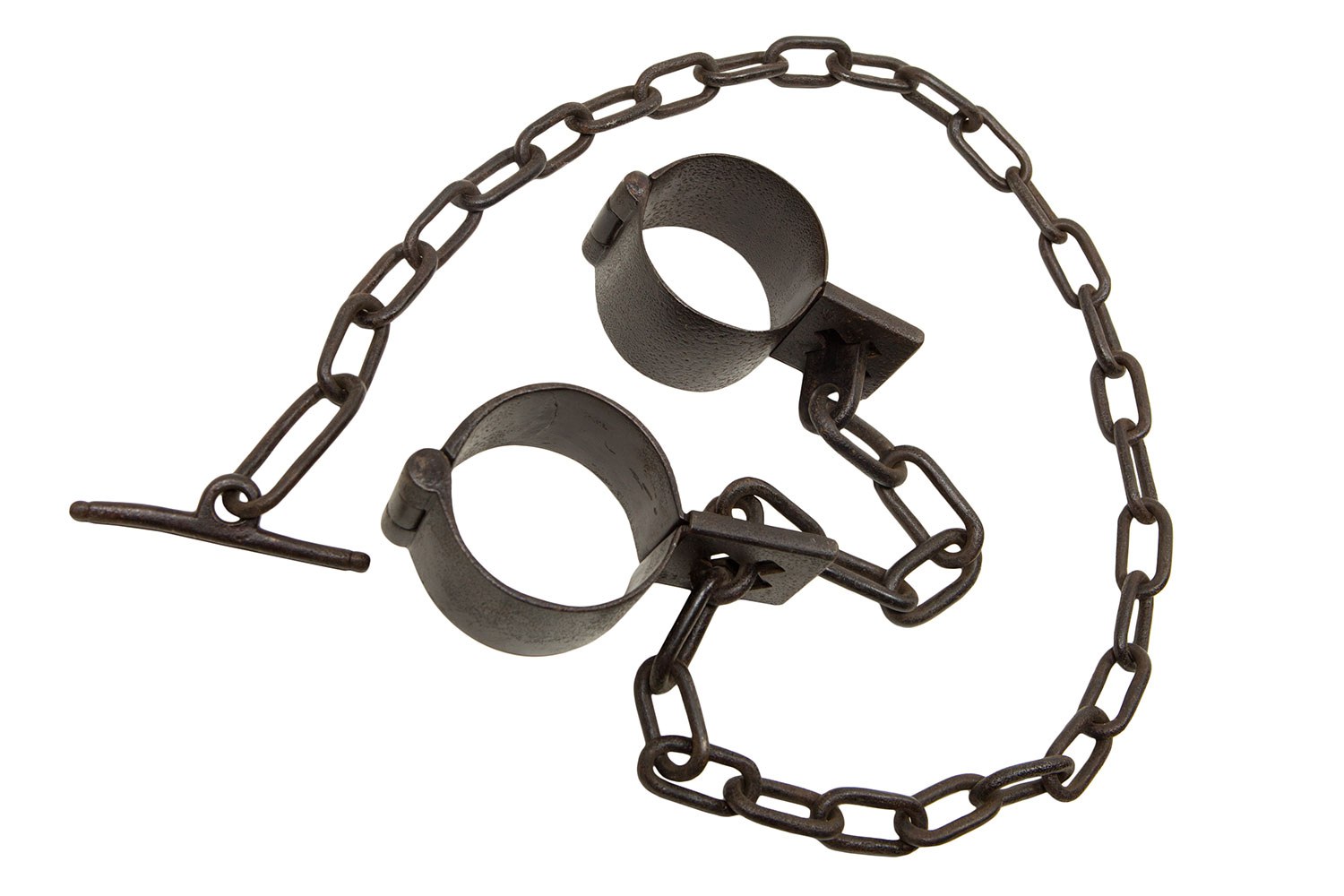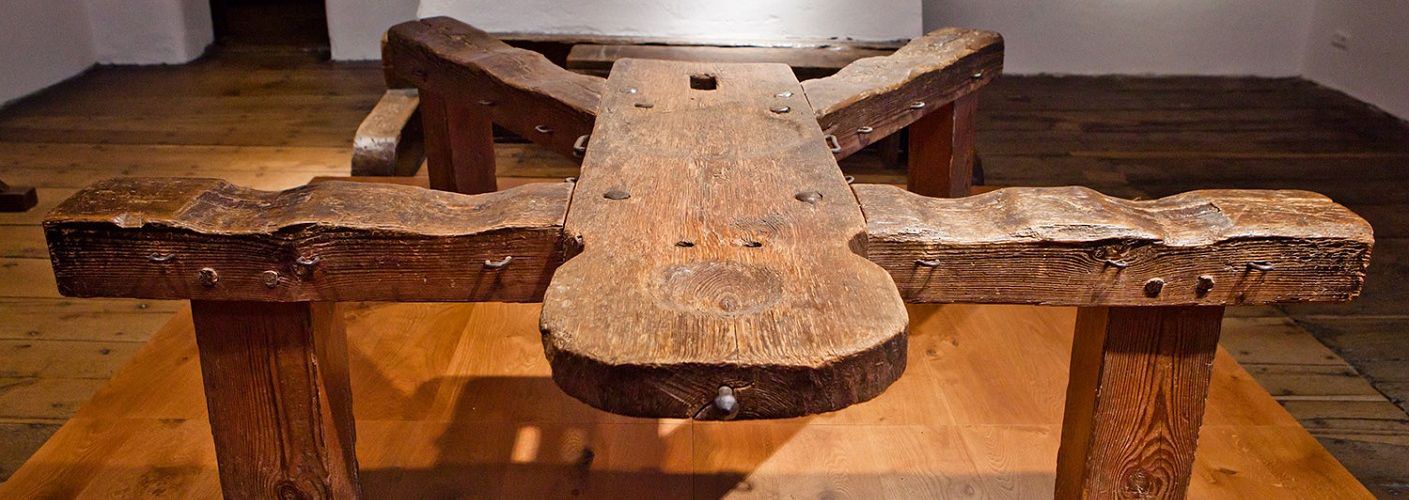How do you deal with a thief? You cut off one of his hands. Drug dealers should be hanged. Women who have committed adultery should be stoned to death. Although such punishments are inconceivable in the Netherlands, this is the harsh reality abroad. The instruments of correction in the Prison Gate show that here, too, punishments used to be humiliating and gruesome.
Convictions were followed by horrific scenes
For four hundred years, the Prison Gate served as the prison of the Court of Holland; not as a prison for convicted offenders, but as a house of detention. The accused would await their sentences here – sentences that could result in fines, banishment or horrific scenes. There were roughly three kinds of punishments: public humiliation, corporal punishment and the death penalty.

Public humiliation: being made to look a fool in front of everyone
Public humiliation was intended as a deterrent and to establish the state’s monopoly on violence. Nowadays, a suspect will be the focus of media attention until they are sentenced. Once the suspect has been sent to prison, the media coverage falls silent. For centuries, though, the opposite was true.
'Sentences were pronounced in public and their implementation was announced in good time, so that everyone had the chance to come and watch.'
The condemned was then punished in front of the largest possible audience. This was because humiliation formed an important part of the punishment, certainly for punishments such as the stocks or pillory. If convicted, you would be put in the stocks or tied to the pillory, or you would have to walk through the market dragging a ‘stone of shame’. Members of the public were allowed to shout insults and pelt you with rotten fruit, sometimes even with excrement. The crime that you had committed was announced on a placard known as a ‘placard of shame’.
Corporal punishment: from temporary pain to permanent mutilation
Corporal punishment went a step further. These forms of punishment caused temporary pain and discomfort, such as beatings and whippings. There were also punishments that led to permanent mutilation, such as branding, chopping off limbs, or mutilating someone’s tongue, nose, eyes or ears. With a split nose or the brand of the city on your forehead, not only had you endured a painful experience, but everyone could see for the rest of your life that you had committed a crime.

The death penalty: brought to a gruesome end
Even worse was the death penalty. How this was carried out depended on the crime and the status of the criminal. The mildest manner was beheading, for important individuals and members of the nobility, whereby your head was chopped off with a sharp sword. The more skilled the executioner, the quicker it was. Being hung on the gallows, the punishment for common folk, was much more painful. Another extremely painful death was being ‘broken on the wheel’ (radbraken). In this case, your hands and feet would be bound to a rack or breekbank and the executioner would break your arms and legs. After that, your head would be chopped off and displayed on a spike (radbraakkruis). Those suspected of heresy and other religious crimes received the severest punishment of all: being burned at the stake. This not only meant a gruesome death, but no less terrible was the fact that due to the total destruction of one’s body, one could no longer hope to undergo resurrection. This was the fate of Jan de Bakker in 1525, the first victim of the persecution of heretics in Holland.
